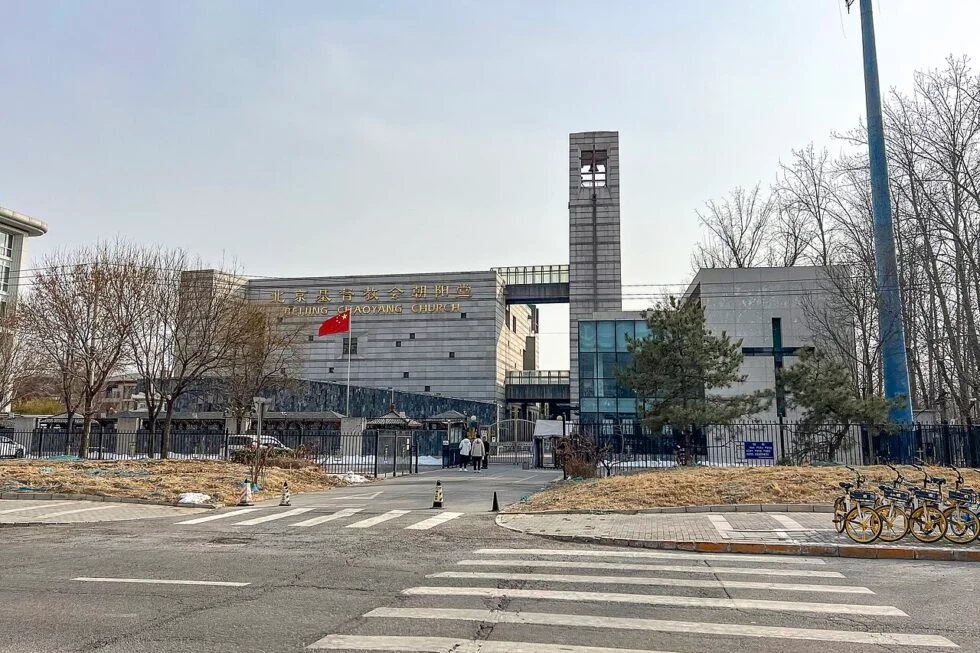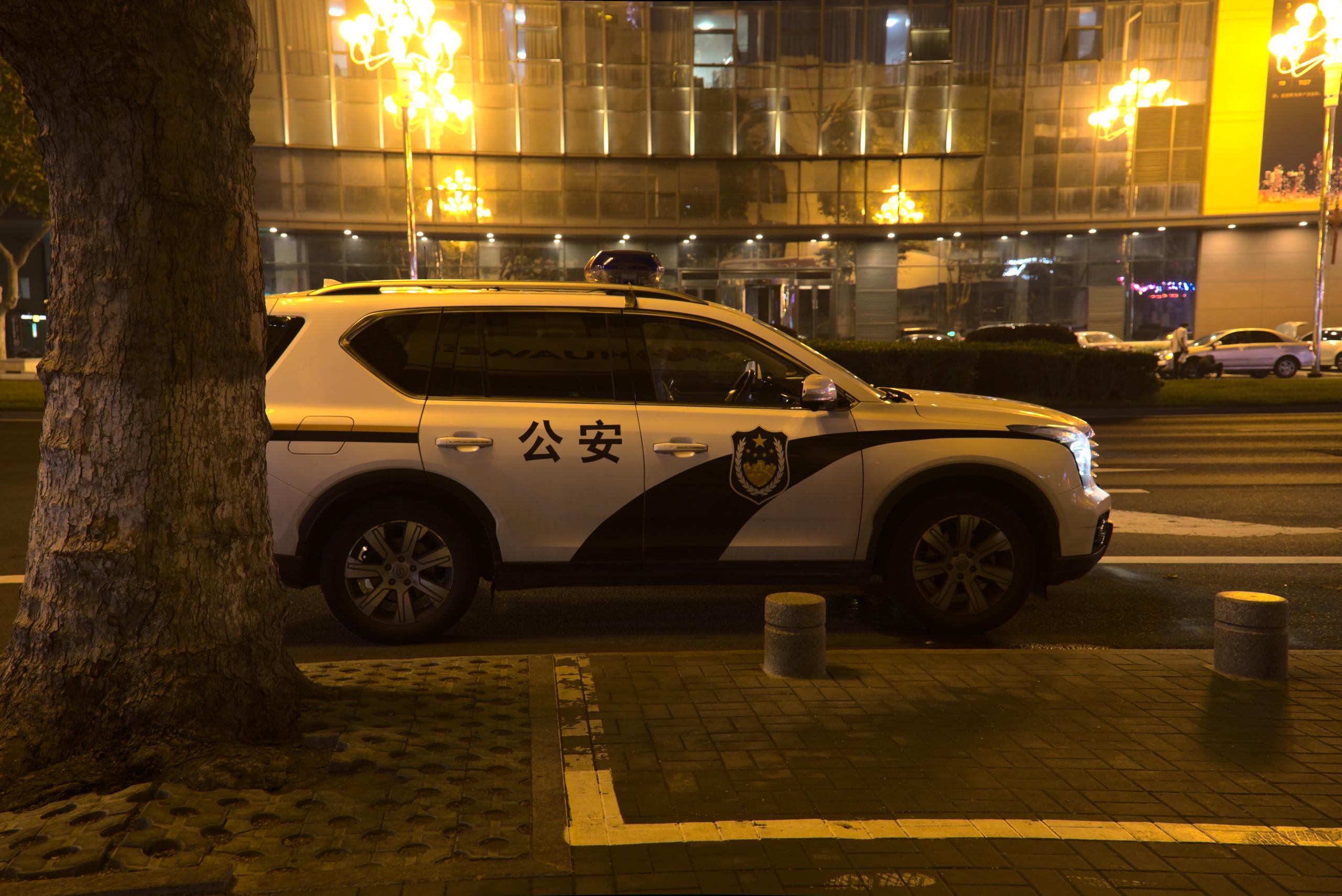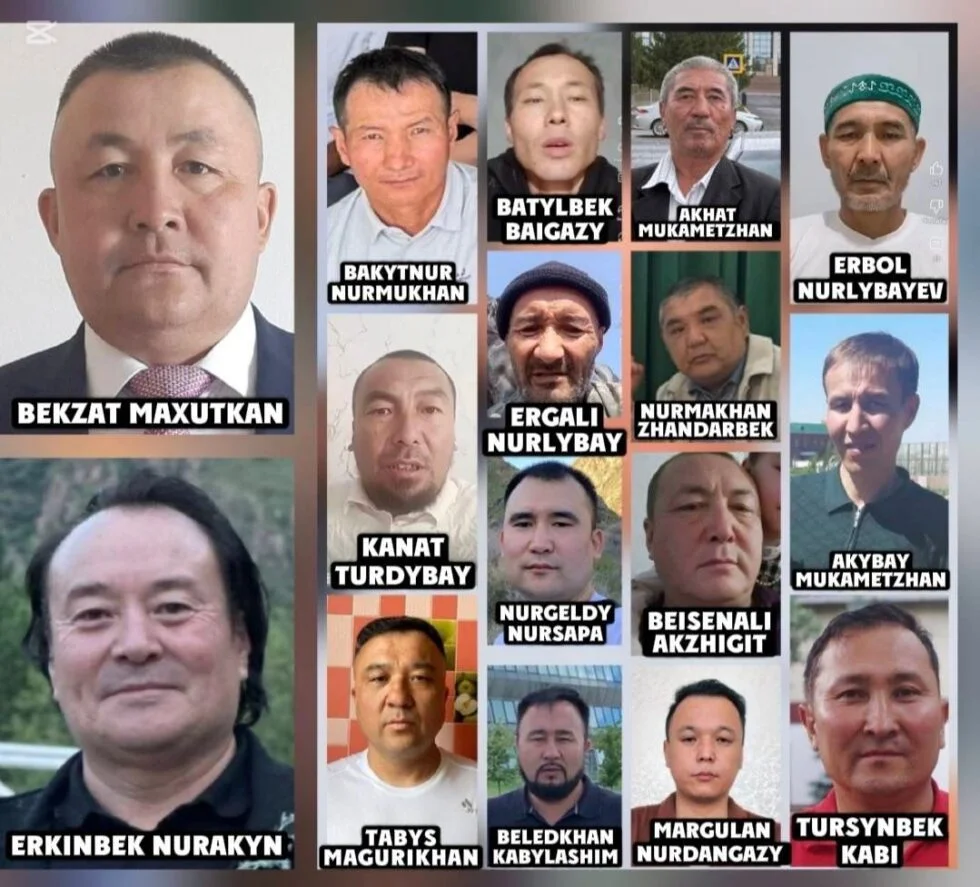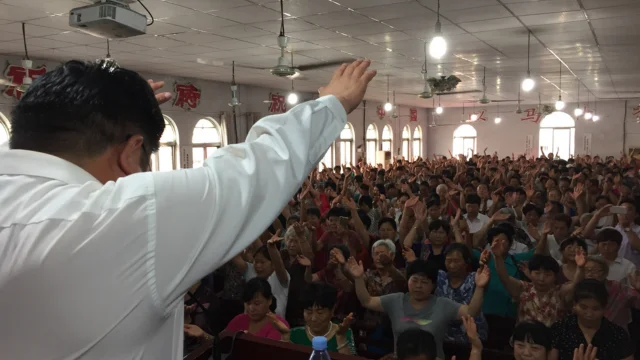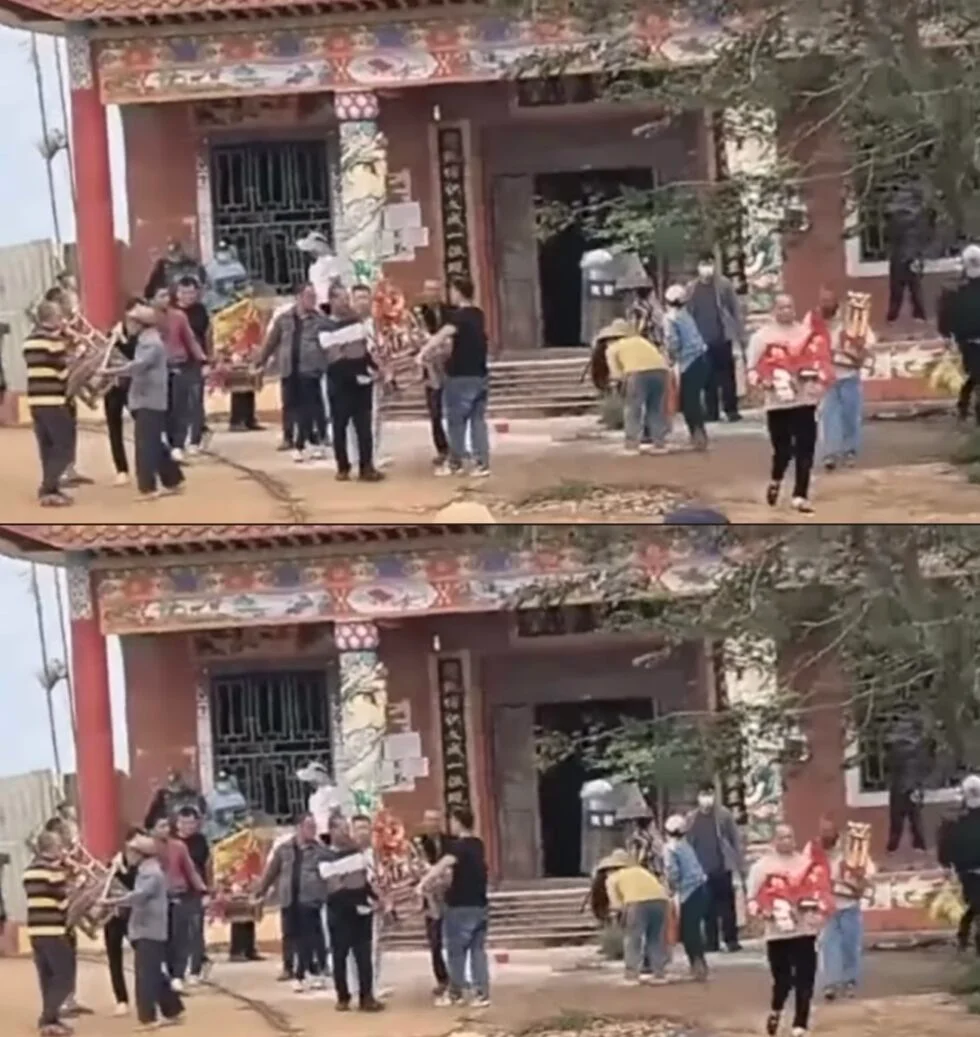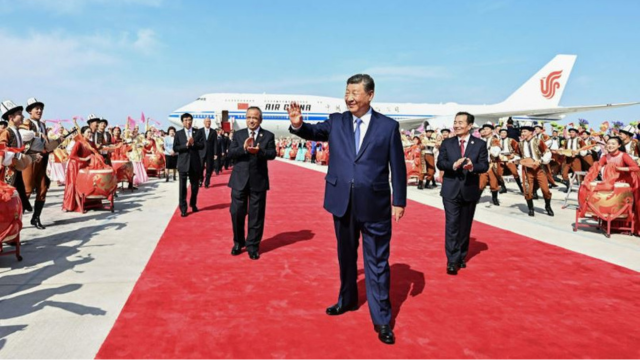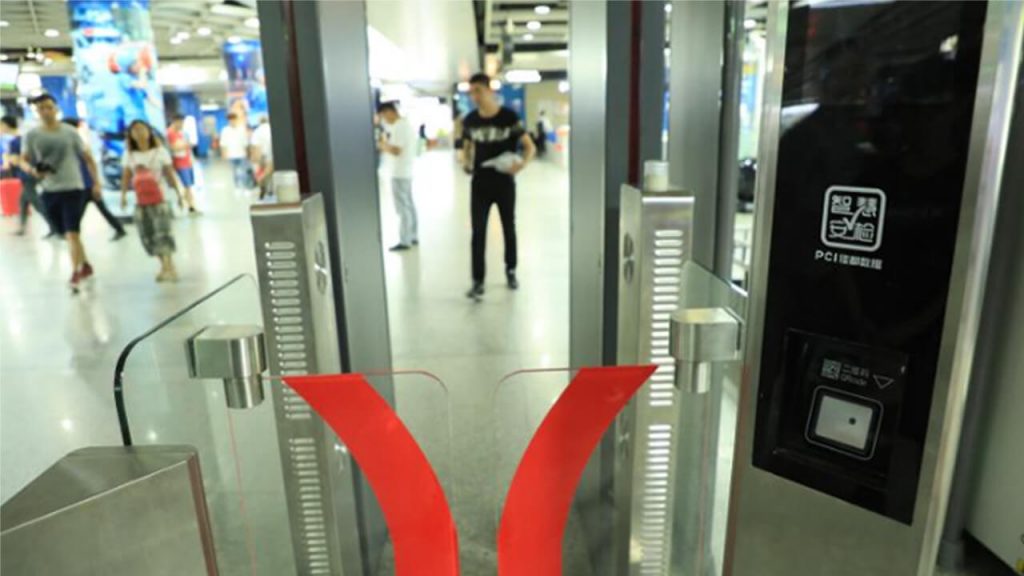
Public Domain
Authorities in the southern Chinese province of Guangdong have installed facial recognition equipment at several subway stations in the provincial capital Guangzhou in recent weeks, residents said on Monday.
Anyone wishing to use the Guangzhou Metro has to have a facial scan for the pilot scheme, which is likely to be rolled out nationwide in future, state media reported.
According to the Guangzhou Daily newspaper, passengers will get a QR code for their smartphone containing their personal information when they pass the security gates, before passing through the facial recognition machine.
Passengers with a higher social credit score will be able to fast-track through the system, the paper said, as the facial imprint is linked to big data about individual behavior and “trustworthiness” held by various government departments and law enforcement agencies, the paper reported.
To use the machines at Wanshengwei Station A, Zhujiang New Town Station B1, Jiahe Wanggang Station B, and Sports West Road Station E, passengers will need to download the Guangzhou metro app and enable its “smart security” function.
However, social media users complained that the system was dogged by queuing at peak times, with lines tailing back hundreds of meters.
“I didn’t use the subway in Guangzhou today,” a local resident surnamed Chen told RFA on Monday. “It’s too much hassle, because you have to spend so much time lining up to do security checks.”
“I would rather take a taxi,” he said.
Already heavily monitored
Facial recognition systems are also being rolled out in Guangzhou stores, where they are used to predict what products shoppers might buy, recent media reports indicated.
It is now widely expected to be rolled out in airports, subways, and bus and railway stations across China in the months and years to come.
Chinese citizens are already monitored by more than 20 million surveillance cameras as they go about their daily business in public places, according to a recent documentary by state broadcaster CCTV.
Now, artificial intelligence can identify and “tag” individual cars, cyclists, and pedestrians with distinguishing information that can be stored and searched for descriptions of wanted individuals.
The smart video tool correctly identifies the gender, age, and clothing descriptions of passersby, as well as distinguishing between motorized and non-motorized vehicles, recent media reports say.
The technology comes amid a growing trend towards using facial recognition as a secure form of ID, including to identify rail and airline passengers, physical and e-commerce customers, and missing persons cases.
Facial recognition technology is already used by ride-sharing and robotic package delivery apps, airport and college dorm security, and social credit schemes, as well against jaywalkers.
A Guangdong internet user surnamed Liang said the end result will be similar to the George Orwell dystopian satire, 1984, where ordinary people must take extraordinary measures to evade the eyes and ears of Big Brother.
“The situation is the same as in that foreign movie 1984,” Liang said. “For example, if I am a target of the stability maintenance [system], they can locate and detain me anywhere using Skynet cameras, facial recognition and license-plate recognition systems. There is nowhere that I can be invisible.”
“This centralized system pours all of its financial resources into controlling the whole of society and individuals, which creates a suffocating atmosphere that is almost the same as being in prison,” he said.
Reported by Qiao Long for RFA’s Mandarin Service. Translated and edited by Luisetta Mudie.
Source: Copyright © 1998-2016, RFA. Used with the permission of Radio Free Asia, 2025 M St. NW, Suite 300, Washington DC 20036. https://www.rfa.org.



